Though I've understood the state design of OpenGL enough to work with it, I've still struggled visualizing the inner workings on the CPU/GPU. Currently I'm stuck wondering how VBO's are copied onto the GPU using GL_ARRAY_BUFFER.
I previously understood the VBO's to be a 'state' of GL_ARRAY_BUFFER, this led me to 3 different options as to how that might work, shown below.
The top answer of the following thread explains: "The GL_ARRAY_BUFFER target for buffer objects represents the intent to use that buffer object for vertex attribute data" What does the GL_ARRAY_BUFFER target mean in glBindBuffer?
which, as I understand it, means that GL_ARRAY_BUFFER is sort of a 'state' of a VBO. It could have a different state, but it does require to have a state to be able to be copied onto 'the' GPU buffer/ a smaller allocated buffer on the GPU? Or am I misunderstanding it? does 'binding' mean something different from setting a state? (this 4th option is not visualized below).
Are any of these 4 ideas accurate? or is it something completely different? Apologies for the horrendous diagram. I hope it's clear enough though.
Any confirmation / correction would be greatly appreciated!
I also looked though this post What exactly is a VBO in OpenGL? which states
"Since you use GL_ARRAY_BUFFER here as the target parameter, this operation (glBufferData(...)) will affect the BO which is currently bound as GL_ARRAY_BUFFER.
After doing all that, the VBO now contains all the vertex data within.
Basically, yes."
this implies the VBO memory on the GPU is set through the GL_ARRAY_BUFFER, which is what I understood at first.
options 3 & 4 seem most logical to me. Could it be that VBO and GL_ARRAY_BUFFER are both states of eachother simultaneously, depending on the context?: which VBO is active / which target is active for the VBO

